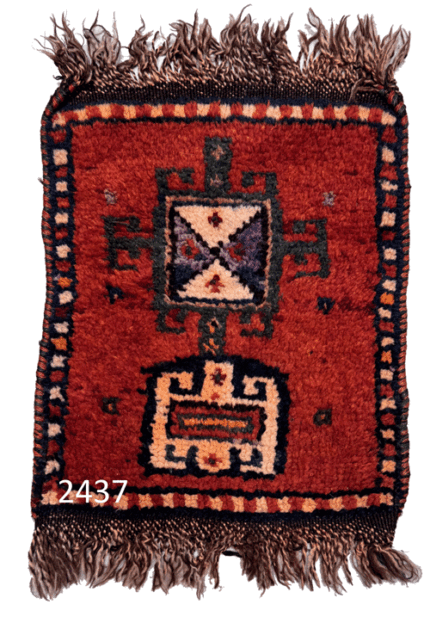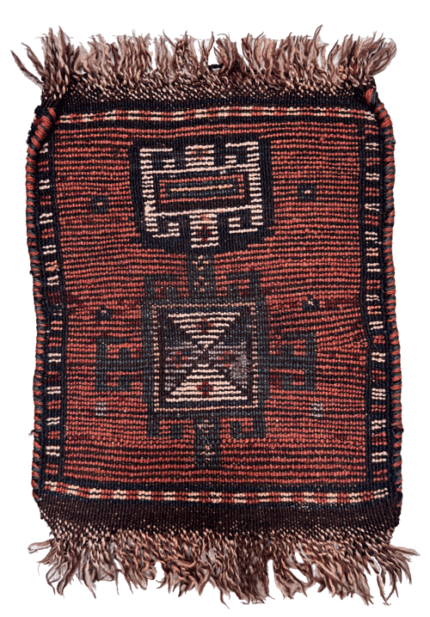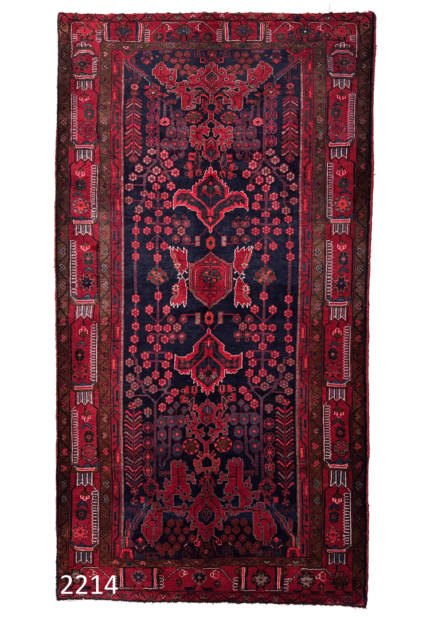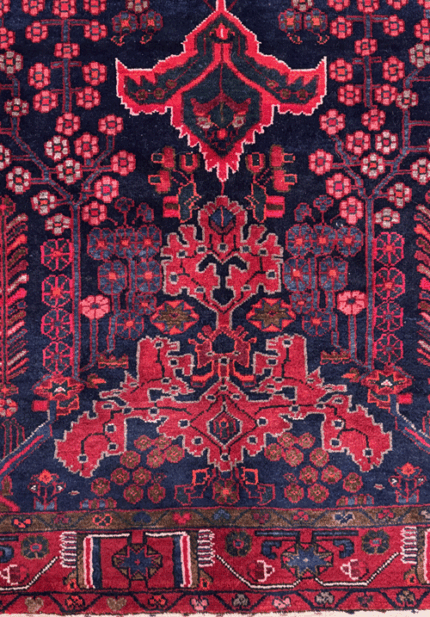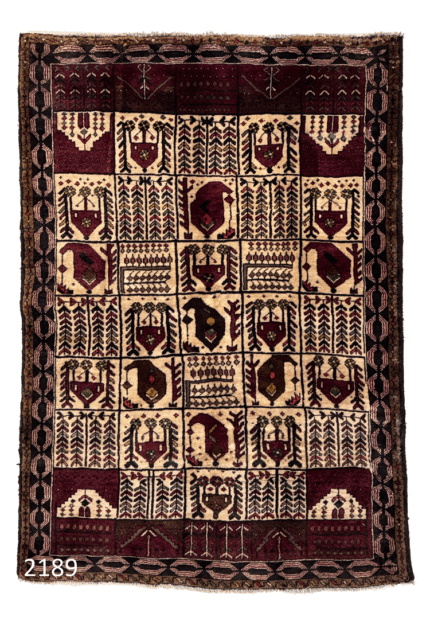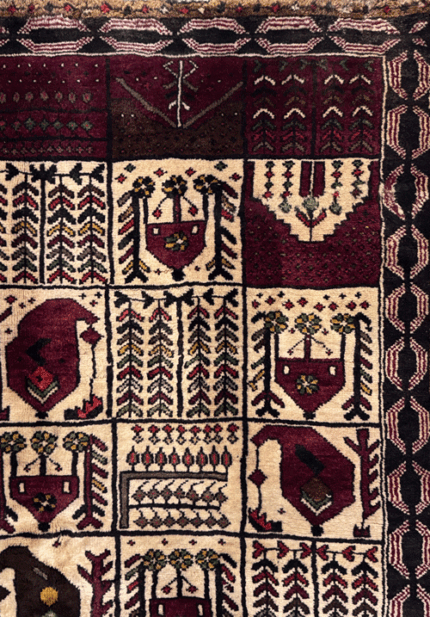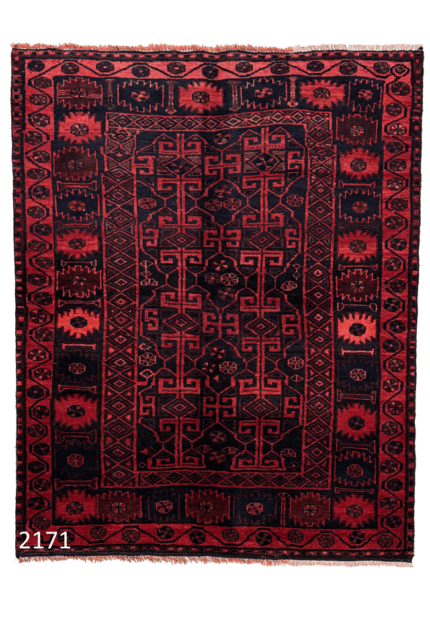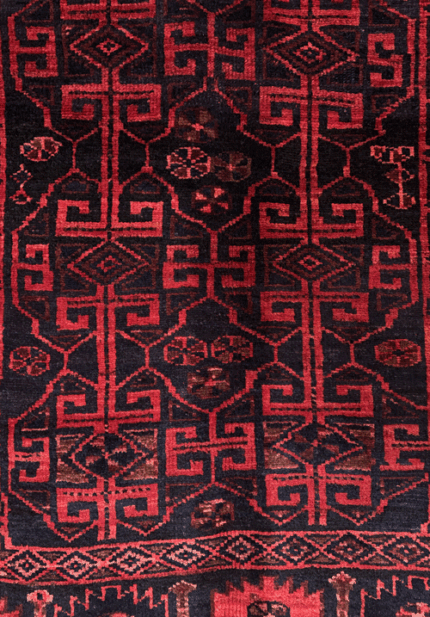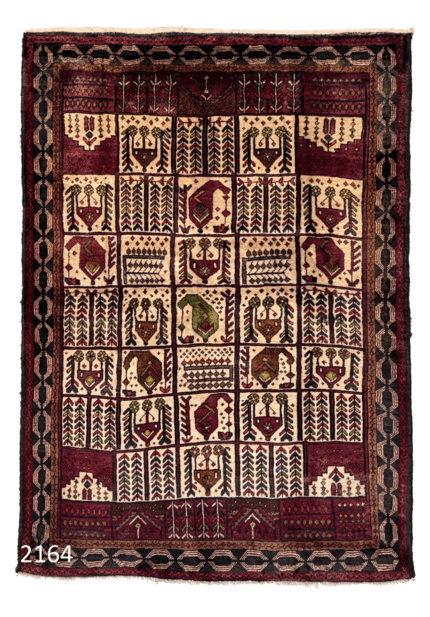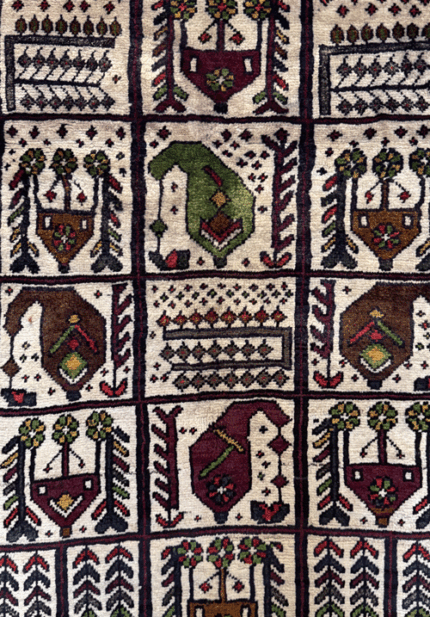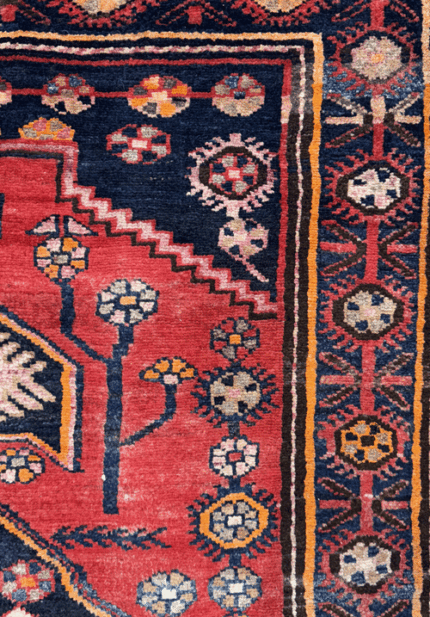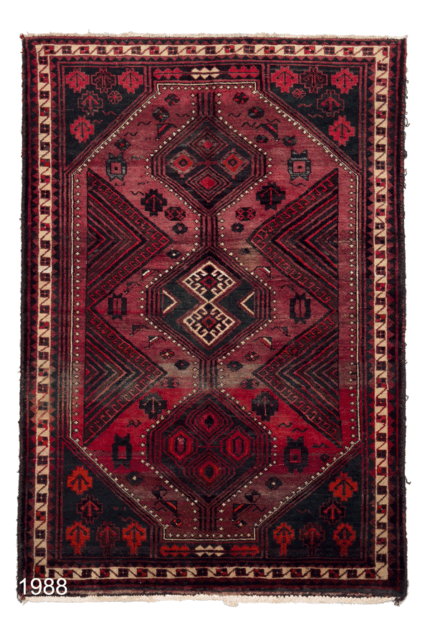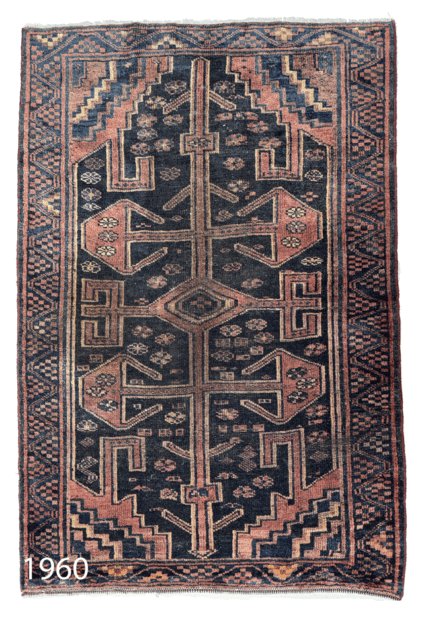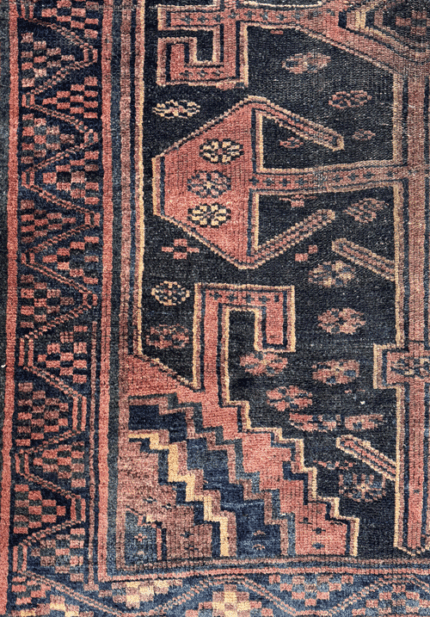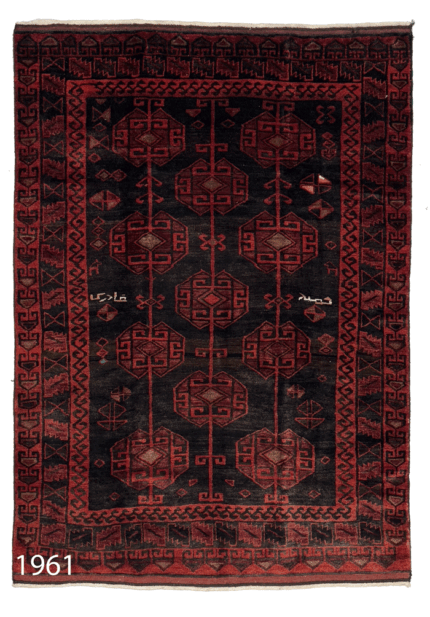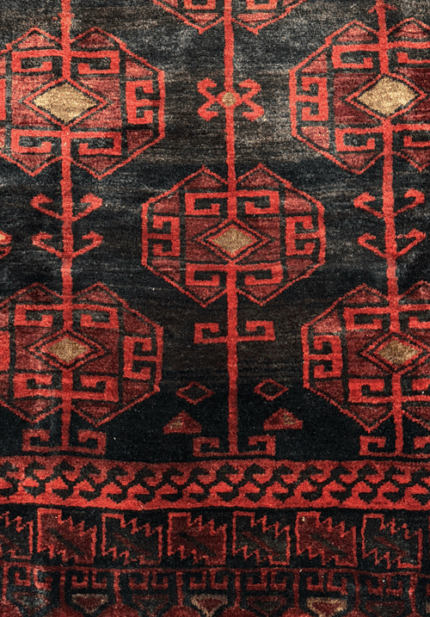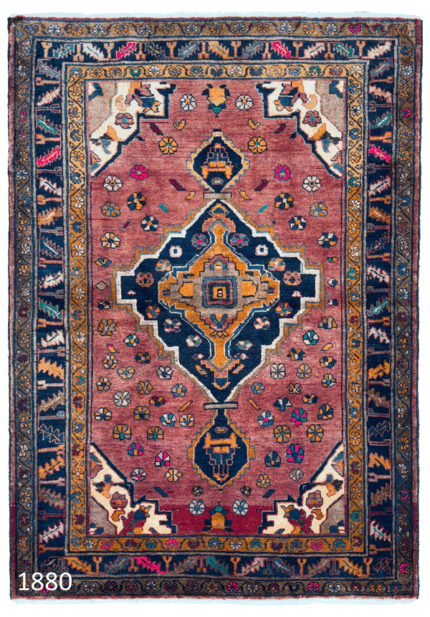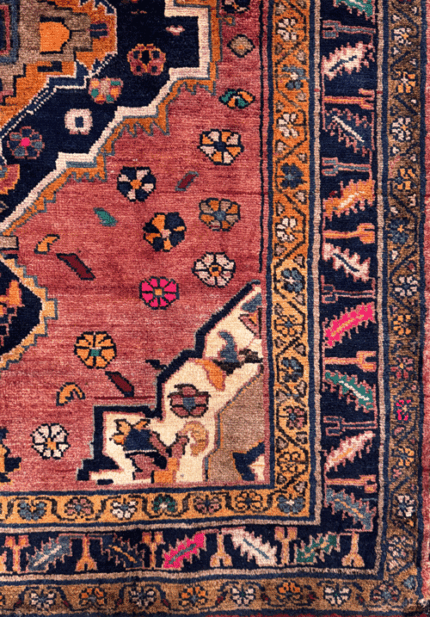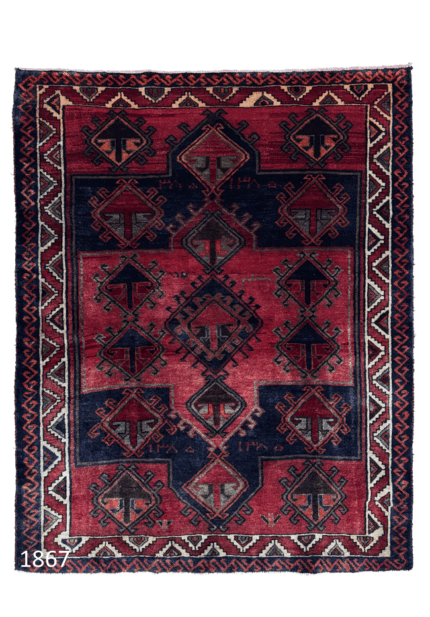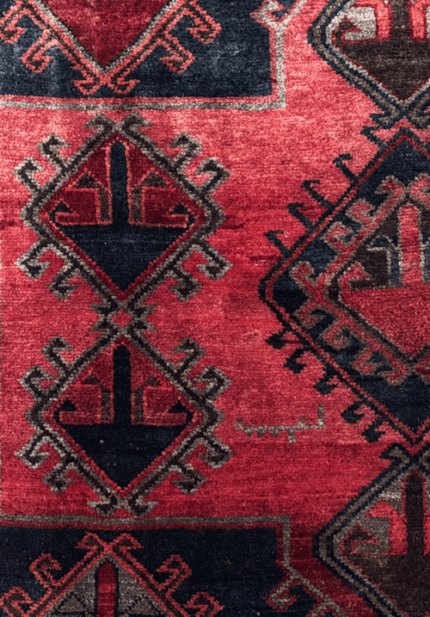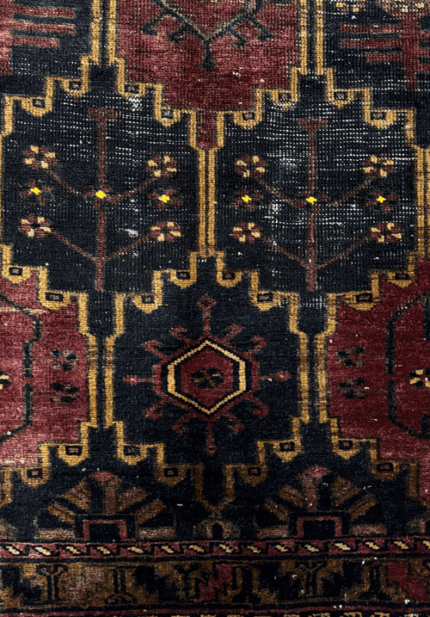Lori Rug
Showing 1–12 of 21 resultsSorted by latest
Lori Tribal Rugs: Color, Craft, and Spirit from the Southwest of Iran
Lori rugs are among the most vibrant and emotionally expressive of all tribal Persian carpets. Woven by the Lur people of southwestern Iran, these rugs are instantly recognized for their bright color palettes, uncomplicated motifs, asymmetrical layouts, and lustrous highland wool. Their charm lies in their freedom of design, technical integrity, and cultural honesty.
The Lurs inhabit a wide region covering Lorestan, Khuzestan, Fars, and parts of Hamadan Province. Anthropologically, they are often grouped into three main branches: Lur-e Bozorg (Greater Lurs), Lur-e Kuchak (Lesser Lurs), and Boyerahmadis. Within this system, Bakhtiaris are considered part of the Greater Lurs, and cities like Malayer and Nahavand are predominantly Luri-speaking.
However, in the international rug market, the term Lori rugs generally refers to those woven by nomadic and semi-nomadic Lur communities in Lorestan, Boyerahmad, and parts of Fars Province. These rugs often feature open compositions, bold geometric elements, and a raw aesthetic that sets them apart from more structured workshop styles. They are highly valued for their natural dyes, soft but strong wool, and the unfiltered beauty of improvisational weaving.
In truth, if we were to classify carpets strictly by ethnic origin, many Bakhtiari, Hamadan, and Nahavand rugs would also fall under the Luri umbrella. But the marketplace draws a finer line—reserving Lori rug as a distinct label for nomadic tribal weavings, rather than workshop or village productions influenced by other regional styles.
Whether you’re drawn to their saturated reds and oranges, their naïve symbolic patterns, or their deeply pastoral and resilient character, Lori rugs speak to an ancient sense of movement, necessity, and craft—still very much alive on the looms of Iran’s southwestern tribes.

